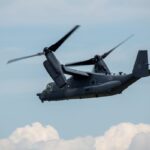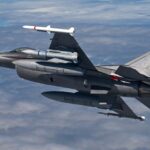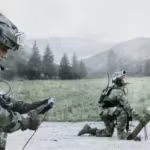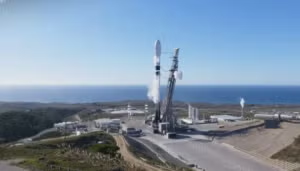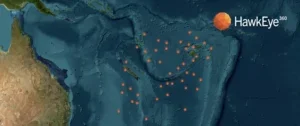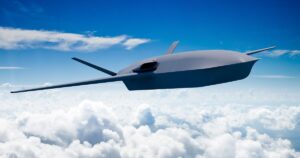
The Air Force on Wednesday said it narrowed the field of the first Collaborative Combat Aircraft (CCA) technology effort from five to two teams, led by Anduril and General Atomics. This downselect, coming as an option exercise decision, comes after the Air Force in January confirmed it contracted with five teams on CCA Increment 1, led by Anduril, Boeing [BA], General Atomics, Lockheed Martin [LMT], and Northrop Grumman [NOC] (Defense Daily, Jan. 24). The service said Anduril and General Atomics…

 By
By 